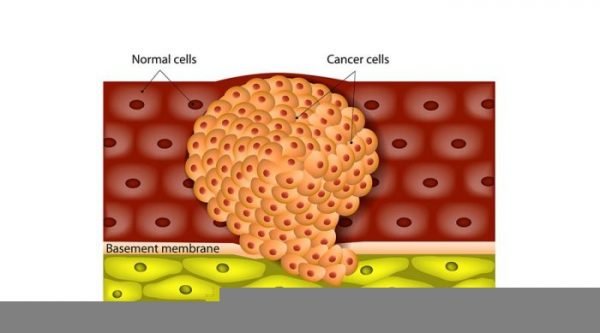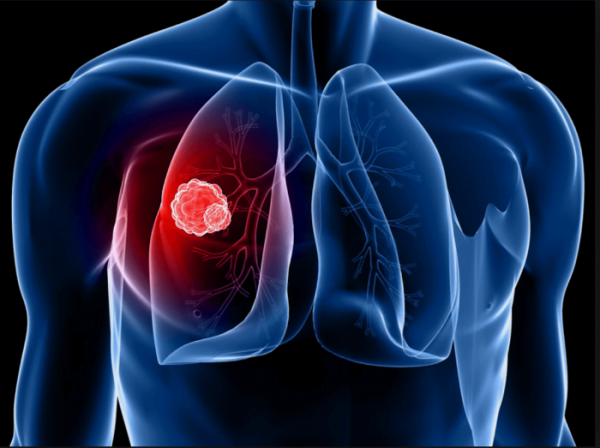ABOUT ACUTE LEUKEMIA TREATMENT
Leukemia is a type of cancer that affects the blood cells in the body. It usually begins in the bone marrow where an abnormality occurs in the white blood cells. Normal blood cells form, divide, and die to make room for new cells. Leukemia disrupts this process and prevents the blood cells from functioning properly.
There are 2 different categories of leukemia which are chronic leukemia and acute leukemia. These 2 categories are characterized by the speed in which they develop. Chronic leukemia can occur either when there are not enough or there are too many cells produced. The blood cells develop more slowly and not all patients will experience symptoms from the beginning.
Acute leukemia develops quite rapidly, as the bone marrow produces immature cells known as blasts, that are not fully formed and quickly multiply, making them unable to perform their normal function. As it develops rapidly, treatment should begin as soon as possible. Symptoms can present within days of an abnormality occurring in the cells, and include pale skin, fatigue, infections, and frequent bleeding.
Leukemia is diagnosed by taking blood samples to examine for the presence of abnormal blood cells. In some cases a bone marrow biopsy may be taken. This is usually extracted from the hip and the patient will be given a local anesthetic to ease any pain and discomfort.
There are 2 main types of acute leukemia, acute myelogenous leukemia (AML) and acute lymphocytic leukemia (ALL). Acute myelogenous leukemia occurs when myeloid cells, which normally mature and develop into red blood cells, white blood cells, or platelets, do not mature and instead grow out of control and prevent new space for new cells. This type of leukemia is more likely to occur in adults over the age of 65 and is more common in men than women.
Acute lymphocytic leukemia (ALL) is the most common type of cancer to occur in children and this type of cancer can be cured. It is caused by an abnormality in the blood cells, which causes the cells to grow and multiply.
Once diagnosed with acute leukemia, patients will usually begin treatment immediately and the treatments include chemotherapy, drug therapy, and stem cell transplant.
Recommended for
- Acute myelogenous leukemia
- Acute lymphocytic leukemia
TIME REQUIREMENTS
Number of days in hospital: 1 – 5 weeks.
Patients with AML will often need to stay in hospital after chemotherapy due to the effects it has on the immune system. Other patients may be able to receive cycles of chemo on an outpatient patient basis. This will vary according to the treatment and the patient.
Average length of stay abroad
The length of stay abroad will depend on the treatment plan and the patient’s response to treatment.

HOW TO FIND QUALITY TREATMENT ABROAD
BEFORE ACUTE LEUKEMIA TREATMENT ABROAD
In diagnosing leukemia, the doctor will check the patient’s symptoms and will take blood samples to check the if the blood count is low. A bone marrow biopsy may also be taken from the hip, which will be extracted from the patient under a local anesthetic. The doctor will also check other areas and organs in the body to ensure that the cancer has not spread.
A treatment plan is then made and the doctor will discuss this in depth with the patient. Patients should ask any questions that they have once whey have a consultation with the doctor.
Patients with complex conditions may benefit from seeking a second opinion before beginning a treatment plan. A second opinion means that another doctor, usually an expert with a lot of experience, will review the patient’s medical history, symptoms, scans, test results, and other important information, in order to provide a diagnosis and treatment plan. When asked, 45% of US residents who received a second opinion said that they had a different diagnosis, prognosis, or treatment plan.
HOW IS IT PERFORMED
There are 2 stages of treatment for acute leukemia, induction and consolidation. Induction is the first stage of treatment that involves destroying the cancer in the bone marrow and trying to restore balance to the blood cells. The induction stage usually involves using chemotherapy as the main method of treatment.
Chemotherapy involves delivering chemicals into the body intravenously (through a vein). The patient will need to undergo various cycles of chemotherapy and most patients will need to stay in hospital during this stage of the treatment. It is likely that patients will need to have a number of blood transfusions as the body will not have enough healthy cells. During treatment, patients will be more likely to get infections, as the body’s immune system will be weakened.
Patients may take steroids in combination with the chemotherapy, in order to aid its effectiveness.
The consolidation stage of treatment involves targeting any leukemia cells that were not destroyed by the chemotherapy. This involves more chemotherapy, however these cycles of chemotherapy can usually be performed without the need to stay in hospital, therefore the patient can usually leave the hospital on the same day. This stage of treatment is performed over the course of a few months until it there are no more cancer cells.
After the consolidation stage, patients may need to continue taking medication and attending regular checkups, to ensure that the cancer does not return.
As patients with AML tend to be older, chemotherapy may not be used so intensely. Radiotherapy may also be used as a method of treatment and involves directing high-energy radiation beams at the cancer. The patient will lie on a table and a machine will rotate around the body and direct the beams at the targeted areas.
In cases whereby chemotherapy is not successful, a stem cell or bone marrow transplant may be performed. This involves using donor bone marrow or stem cells and transplanting this to the patient via a central line in their chest.

WHAT TO EXPECT AFTER ACUTE LEUKEMIA TREATMENT
Post procedure care
After receiving chemotherapy, the immune system is weakened and the doctor may advise the patient to regularly wash there hands, avoid being in the presence of people who are sick, and to avoid uncooked food, as this can increase the chance of obtaining an infection or becoming ill.
The patient may be prescribed antibiotics to help reduce the risk of infection.
Possible discomfort
Patients may feel nauseous or vomit after receiving chemotherapy.
IMPORTANT THINGS TO KNOW ABOUT ACUTE LEUKEMIA TREATMENT
Potential risks
- Infections
Side Effect
- Hair loss
- Fatigue
- Nausea
- Mouth sores















